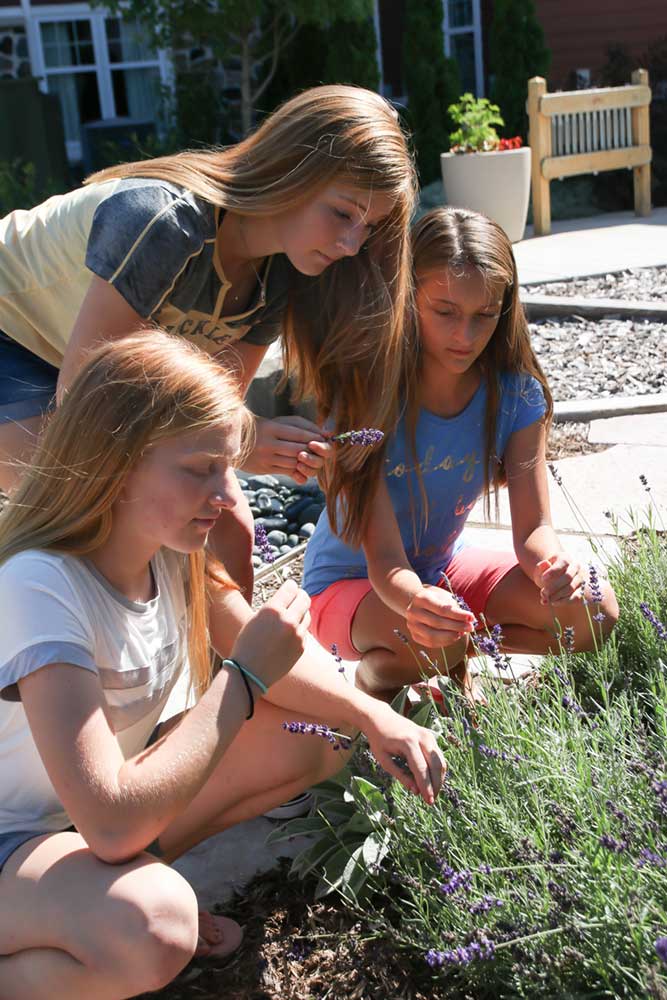
Growing use of therapeutic gardens in patient treatment at Rogers
09/13/17 02:02:pmPosted in
Therapeutic gardens have specific characteristics such as:
- Used for scheduled activities as part of a horticultural therapy program
- Accessible to people with a wide range of ages and abilities
- Often have sitting areas with shade to promote relaxation or meditation
- Stimulate the full range of senses including memory, hearing, touch, smell and sometimes taste in addition to the visual experience
- Well defined perimeters and special areas for activities
Characteristics of therapeutic garden were initially developed in 1993 by an American Horticultural Therapy Association work team based on evidence based design principles.

The benefits of horticultural therapy and therapeutic gardens are well documented: improved concentration and self-esteem, higher levels of social interaction, decreased anxiety and overall stress are amongst a long list of positive effects. In fact, research shows that people are more caring and generous when exposed to nature and that being in nature for as little as 20 minutes a day helps to boost vitality levels. There are also a number of themes to use as part of therapy, since growth and recovery go hand in hand.
Jonathan Irish, horticultural therapy coordinator, shares, “Patients and visitors find Rogers’ therapeutic gardens calming and welcoming. People who come here can be anxious about treatment and the environment promotes peace and softens anxiety.”

The therapeutic landscape in the courtyard of the Child and Adolescent Centers on the Oconomowoc campus was designed specifically for kids and teens in the residential program using current evidence-based research.
Rogers has program-specific therapeutic gardens at the Child and Adolescent Centers, Cedar Ridge, Silver Lake outpatient center, the Eating Disorder Center in Delafield, West Allis, and one in development at the outpatient center in Brown Deer.
The therapeutic garden at the Eating Disorder Center was completed recently featuring a garden with fruit, vegetables, and herbs as well as shrubs and trees. Dr. Brad Smith, medical director, has championed horticultural therapy as a key component in eating disorder treatment. “Working in the garden gives our patients the opportunity to have a different kind of relationship with food,” shares Dr. Smith. “Not only does the activity have healing effects for anxiety and depression, it also offers a new way of relating to food, taking it literally from the garden to the table.”
Jonathan agrees and adds, “Patients are able to challenge their relationship with food. As people nurture plants and food, they often build their distress tolerance with exposure to the environment.”
“Rogers Behavioral Health is leading the way in utilizing the evidence-based research on the innumerable benefits of people/plant interaction,” says Pat Hammer, president and CEO.





